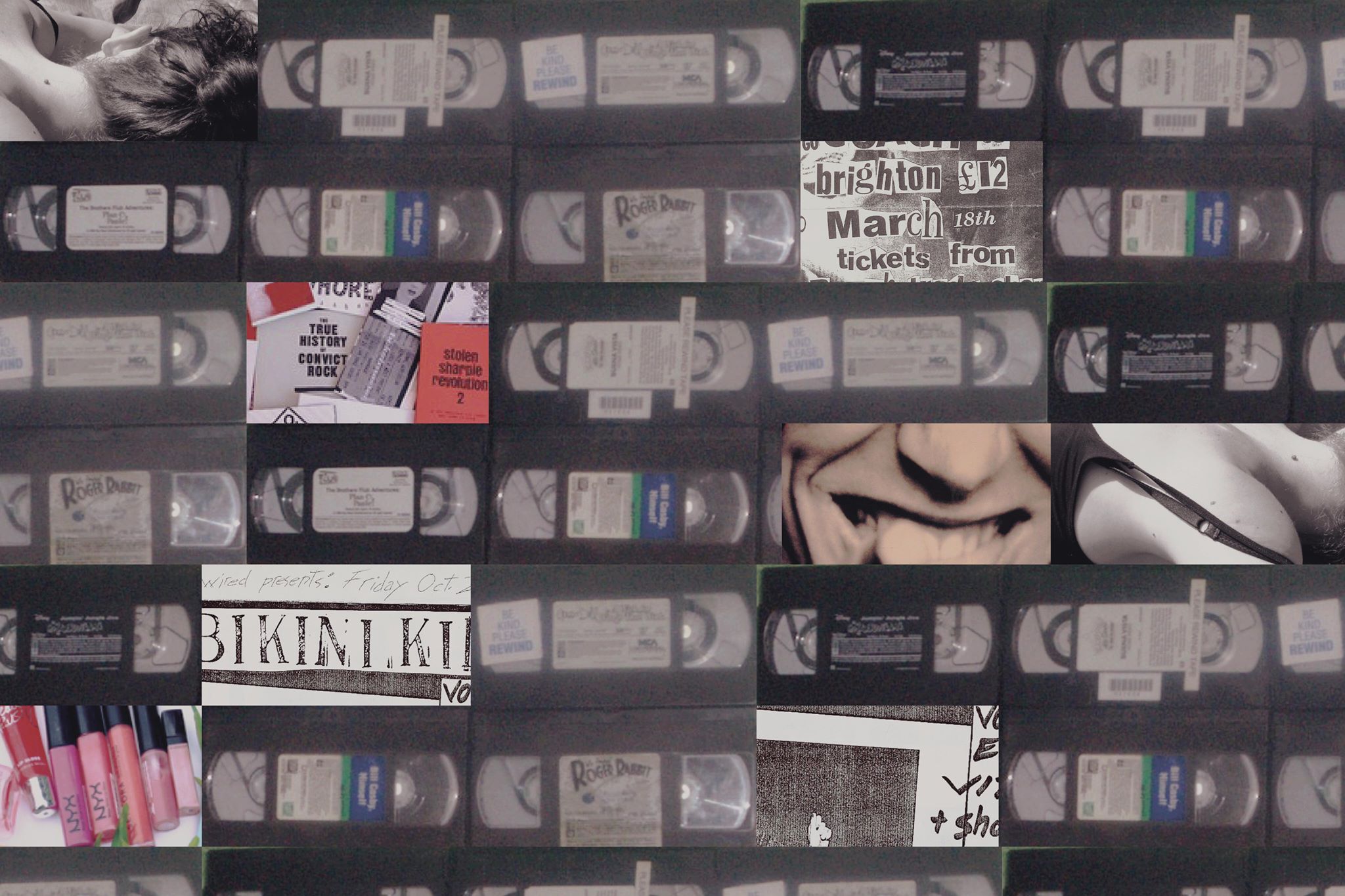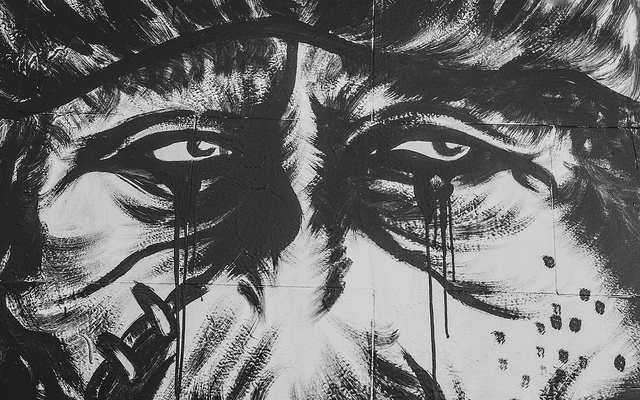
Reconciling URL and IRL Feminism
I first became acquainted with Miranda July through her fiction. My friend, Scarlet, recommended her critically acclaimed novel, The First Bad Man, which I have since lent to my mother, boyfriend, and best friend. July’s novel is a story of humorous eroticism, habitual patterns, and the search for meaningful human connection. The latter theme is a defining concern across the artist’s multi-media endeavours, from her performance art to her screenwriting. Born in Vermont in 1974, July dropped out of college and moved to Portland, Oregon at the age of 21. It was the early 1990s and the burgeoning riot grrrl scene welcomed July with open arms. Living amongst a community of queer feminist artists, July kept herself afloat by working a string of odd-jobs throughout her twenties: taste-making at the nearby Coca-Cola factory, waitressing, stripping. Portland’s underground in the 1990s was known for its unique stream of punk culture. Whilst punk in many American cities, namely Seattle, meant bondage gear, mohawks and leather, Portland punk was characterised by its guttural, anything-goes approach. Here, punk was more of an ideology than an aesthetic: signifying anarchy, non-normative sexuality and unbridled creativity, rather than a dress-code. Met with the emergence of third-wave feminist politics, women artists were given agency to create despite financial obstacles or a lack of professionalism, and to create by whatever means possible. It was this climate that allowed July’s video art platform, Joanie 4 Jackie, to take its early shape.
Frustrated with the casual misogyny and misrepresentation of mainstream cinema, July built an inclusive feminist community around her through Joanie 4 Jackie. The chain-letter video art project started in 1995, providing space for women to share video content with one another. It was conceptually simple: individuals would post their contribution (or ‘movie’) to July in VHS format, alongside a small fee of five dollars. In return, each contributor would receive a compilation tape of some ten submissions, as well as a booklet featuring artists’ statements about each work. Active until 2007, the bi-annual chain letters maintained an unjuried selection process; in the spirit of true Portland punk, no submission was turned down, regardless of quality or technicality. Titles ranged from ‘I like the colour pink and pretty pink ponies’ to ‘How the miracle of masturbation saved me from becoming a teenage space alien’. Girls filmed their pasta dinners in front of the TV and danced topless in their granny pants. Diaristic and DIY in its aesthetic of amateurism, Joanie 4 Jackie displayed the mundane alongside the avant-garde as items of equal value.
July typed up pamphlets advertising the project and circulated them at gigs and parties, high schools and grocery stores. The riot grrl band, Bikini Kill took boxes of July’s zines on tour; later down the line, the videos themselves were screened at punk clubs and art galleries. Widely known amongst Portland’s punk scene, Joanie 4 Jackie quietly thrived for over a decade. Critically, an undisputed driving force behind the success of the project was the rise of third wave feminism. A nebulous period in feminist history that evades clear definition, the third wave introduced intersectionality and debates around inclusion into the folds of the movement, placing significant emphasis on reproductive rights and sex-positivity. Third wave mission statements speak of networks; of community; of an activism founded in collaborative female dynamics. July draws on similar language in her pamphlets to express the politics of Joanie4Jackie’s intention: to create a space of resistance and solidarity in which standards of creativity and capitalist notions of success are irrelevant. Though this mode of diaristic self-representation seems commonplace to anyone who follows an art student on Instagram, such content was wholly unprecedented in a pre-social-media world. Existing in a self-made, analogue space, July’s project was curated for and enjoyed by women alone. In other words, the small reach and internal circulation of the tapes was entirely self-contained, and by extension, empowered.
However, the same cannot be said for stylistically similar content online today. Though social media users are made similarly agent with the power to self-curate, censorship rules enforced by platforms such as Instagram and YouTube restricts the content shared by its users. Uploading a selfie to Instagram is an act of complicity in the politics of social media; sharing an image is, in effect, subjecting content to the public gaze. The issue here is that, regardless of the initial intent of the image, its existence online renders it vulnerable to objectifying forces beyond one’s control. Perhaps the most insidious truth of contemporary digital culture is its encouragement of users to self objectify; to perform to beauty standards; to equate likes to irl compliments; to feel driven to a point of social anxiety. And, what’s more, the url world is a deeply capitalist space. Fuelled by targeted advertisements, algorithms and sponsored content, social media commodifies its users. By contrast, constructed in a pre-internet world, pubic hair and nipples prevail throughout Joanie 4 Jackie. Conceived before issues of digital surveillance and censorship, the self-representation encouraged by the July seems impossibly liberatory against contemporary standards.
The project’s final chain letter was released in 2007. The emergence of YouTube in 2005 provided internet users with a free and global platform for amateur video sharing. By this point, Joanie 4 Jackie had run its course. July donated the project and its archive to the Getty Institute 2017 to be housed alongside work by Eleanor Antin and Harmony Hammond. However, the launch of the Joanie4Jackie.com last year imbued the project’s newly digitised archive with a cyberfeminist resonance, updated for the twenty-first century. In its virtual form, users are able to click through the various chain letters and watch the video submissions in their converted digital formats. There is a dedicated section of the archive for paraphernalia, including illustrated VHS boxes, xeroxed posters and zines, providing a useful context for each tape. Beware of attempting a ‘quick glance’ as the website is dangerous territory for procrastination.
In many ways, the digitalisation of Joanie 4 Jackie’s archive has only amplified the initial intention of the project. Though the pamphlet accompanying each chain letter would have allowed contributors to familiarise themselves with other female video-makers on the tape, the digital archive features a ‘Where is she now?’ page in which every contributor’s personal website is accessible by hyperlink. Existing online, each chain letter is global and universal in its reach. Whilst some might argue that bringing the self-contained intimacy of Joanie 4 Jackie into a patriarchal cyberspace risks the objectification of its content, this criticism seems naïve. Embroiled with anti-capitalist politics, the online archive is imbued with a new sense of radically subversive irony.
As ‘a genre of contemporary feminism which foregrounds the relationship between cyberspace, the Internet and technology’, cyberfeminism strives to transform digital tools into political weapons. Take the selfie, for instance: though appearing to perform to normative standards of representation, selfies can be used in a radical manner to take up space online. From a cyberfeminist perspective, to belittle selfie culture is to deny the reclamation of patriarchal visual standards. Though an undisputed phenomenon of the mainstream, selfies can also be used to empower minorities – those who go unrepresented, or are misrepresented – to claim visibility. Turning back to Joanie 4 Jackie, the project’s online archive may be subjected to a previously absent male gaze, but the expansion of its network through universal access and a user-friendly interface is ultimately an act of empowerment. It goes without saying that if it weren’t for the project’s digitalisation, the vast majority of contemporary feminists would likely be unaware of the project’s existence. In other words, through its creation of a utopian digital space in an otherwise patriarchal landscape, Joanie 4 Jackie’s online archive embraces a new cyberfeminist context.
Words by Ashley-Amber Saville. Artwork by Miriam Feldman.







